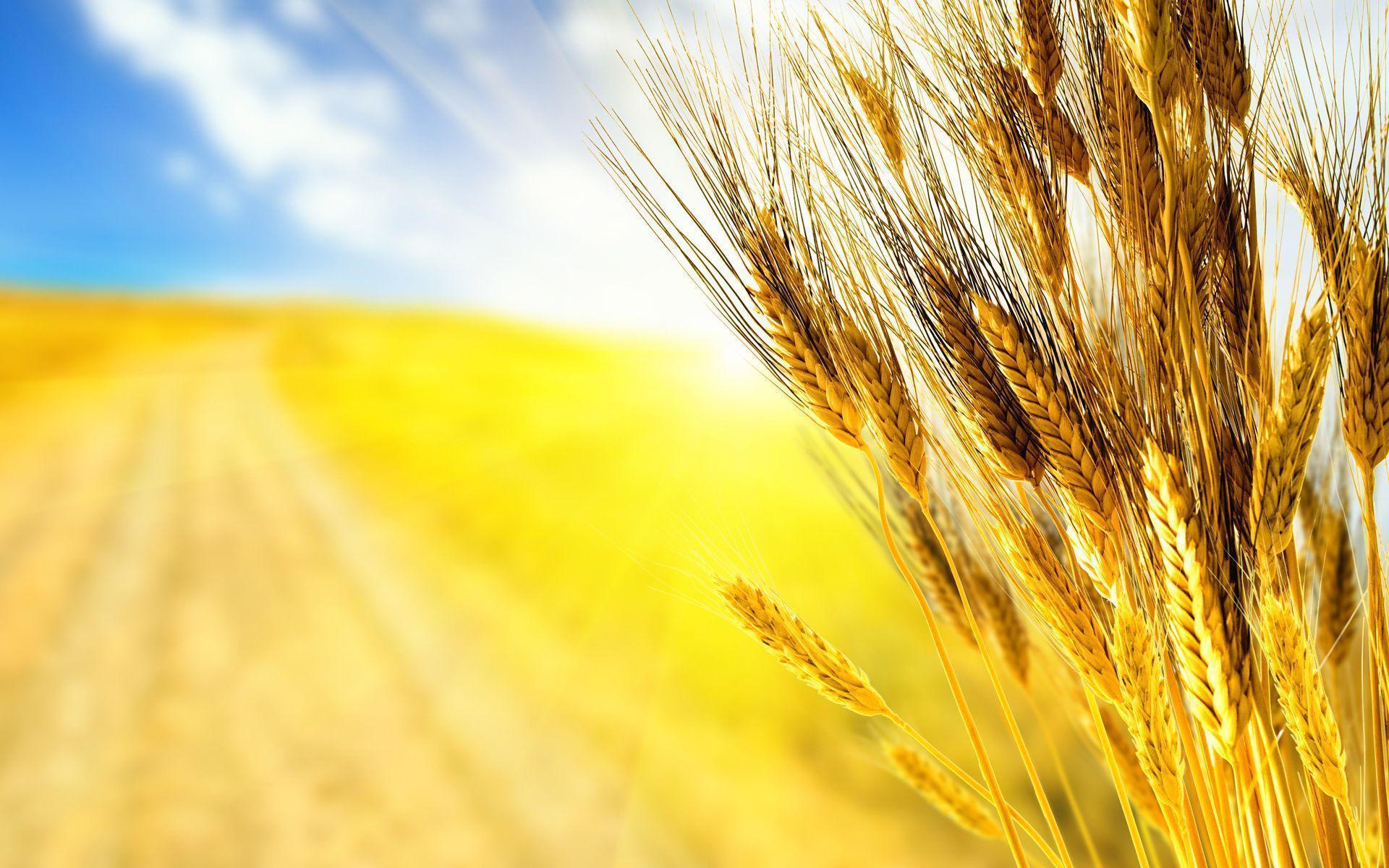



Article by: Hari Yellina
One of the management responsibilities is to increase the average price for each crop grown in a given year. The pre-harvest market, harvest market, and post-harvest market are all accessible time windows. The marketing techniques offered are far more extensive, ranging from forward market swaps, options, futures, and fixed price contracts to simple cash sales off the header. We have a warehouse or on-farm storage options after harvest. Swaps and options are also used by some growers in post-harvest marketing. Some growers maximise their profits by pursuing direct sales to end users to reduce freight costs and avoid costly storage choices, or by delivering directly in the post-harvest market to maximise on-farm storage returns.
December futures have traded above $500/t for the past five days, following Russia’s invasion of Ukraine. On March 8, the peak daily closing price was $526.58/t. Selling December wheat swaps at $520/t or higher would have been the most likely approach to convert such a strong futures price into a physical price of $500/t at harvest. There will be two methods for converting such a trade into a physical Australian Premium White pricing of $500 per tonne. One option is to keep the swap until it expires, with a result of $500/t if the basis is no worse than -$20/t. The alternative option is to buy the swap back at a respectable profit whenever the opportunity arises.
Some swaps will already be profitable at $20 to $40 per tonne. If the market continues to decline and profits of $50 to $100 can be realised, the final cash prices to add to those profits will only have to be $450 down to $400 to yield a final return of $500. The potential of hitting $500/t for at least part of the 2022-23 crop is already quite strong for those who know how to use the forward marketing instruments and have probably already acted.